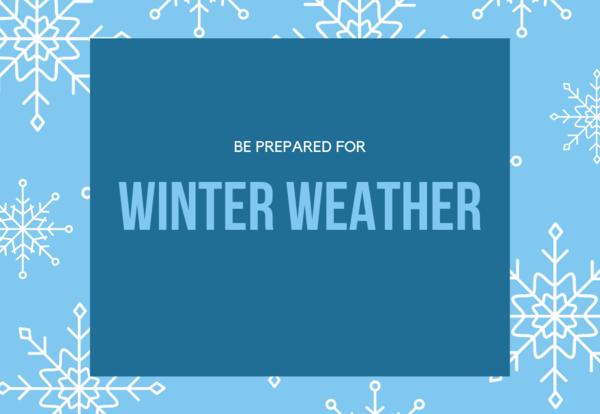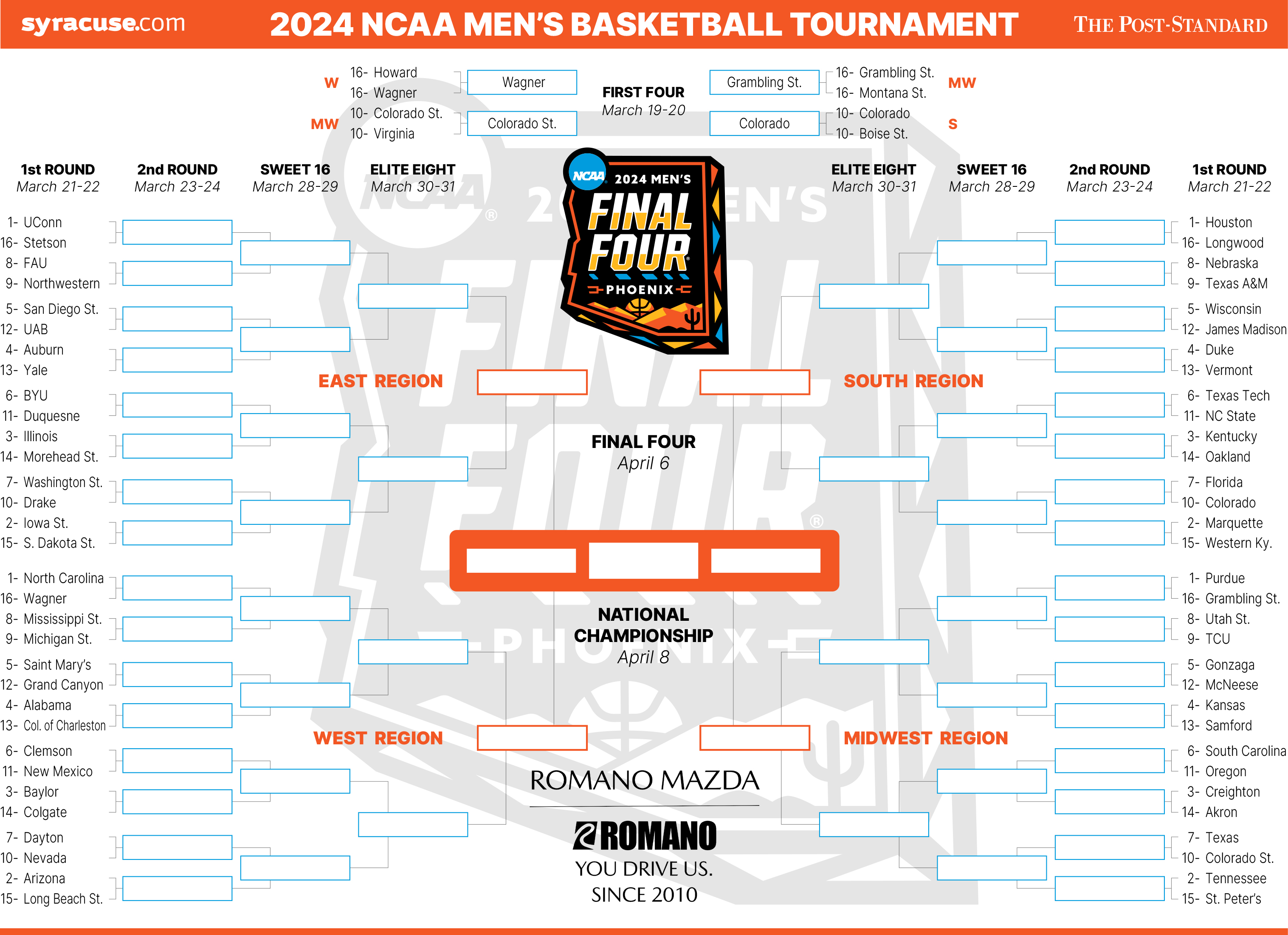Winter Weather Advisory: School Delays And Closures

Table of Contents
Understanding Winter Weather Advisories & Warnings
Winter weather advisories, warnings, and watches are crucial alerts issued by the National Weather Service (NWS) to inform the public about impending severe weather. Understanding the difference between these alerts is vital for making informed decisions about your family's safety and preparedness. Failing to heed these warnings can have serious consequences.
-
Advisory: A Winter Weather Advisory signifies that winter weather conditions are expected but are not necessarily severe. These conditions might include light to moderate snow, freezing rain, or sleet. School delays are possible during an advisory, but closures are less likely unless conditions worsen.
-
Watch: A Winter Weather Watch indicates that conditions are favorable for severe winter weather within a specified time frame. This is a heads-up that a warning might be issued soon. Schools might proactively monitor conditions and consider early dismissals or delays depending on the predicted severity.
-
Warning: A Winter Weather Warning means severe winter weather is happening now or will happen very soon. Heavy snow, significant ice accumulation, or blizzard conditions are likely. School closures are highly probable during a warning due to safety concerns for students and staff. This includes warnings such as Blizzard Warnings and Ice Storm Warnings.
The severity of the weather dictates the impact on school decisions. Always heed official warnings from the National Weather Service. Their forecasts are your best resource for making informed decisions.
How School Districts Decide on Delays and Closures
School districts make the difficult decision to delay or close schools based on several factors, prioritizing the safety and well-being of students and staff. It’s a complex process involving numerous considerations:
-
Road Conditions: Iced-over or snow-covered roads pose significant risks for school buses and student transportation. Impassable roads automatically lead to school closures.
-
Bus Safety: The ability of school buses to safely navigate roads is a primary concern. Poor visibility, icy patches, and hazardous conditions can all affect bus routes.
-
Temperature: Extremely low temperatures can also lead to school closures, particularly if there's a risk of frostbite or hypothermia for students waiting for buses or walking to school.
-
Predicted Weather: School districts carefully monitor weather forecasts to anticipate potential problems and make proactive decisions. The predicted severity and duration of a winter storm greatly influence the decision-making process.
School districts communicate closures through various channels: their websites, social media (Twitter, Facebook), automated phone alerts, and local news channels. However, unforeseen weather changes can still necessitate last-minute decisions.
Preparing for School Delays and Closings
Proactive planning is key to managing school delays and closures effectively. Creating a well-defined emergency plan will minimize stress and ensure your family's well-being.
-
Emergency Contacts: Maintain an updated list of emergency contacts, including family members, friends, neighbors, and childcare providers.
-
Childcare Arrangements: Arrange for backup childcare options in advance. This could involve daycare centers, family members, or trusted neighbors.
-
Employer Communication: Communicate with your employer about your contingency plans for absences due to school closures.
-
Remote Learning Resources: Familiarize yourself with your school's remote learning resources, should they be available during weather-related disruptions.
Having a comprehensive plan in place will significantly reduce anxiety and help navigate unexpected school closures smoothly.
Staying Informed During Winter Weather
Staying updated on weather conditions and school announcements is crucial during winter weather. Utilizing multiple reliable sources ensures you receive timely and accurate information.
-
Reliable Weather Information: Monitor the National Weather Service website and reputable weather apps for the most accurate and up-to-date weather alerts and forecasts.
-
School District Alerts: Sign up for school district email alerts and text notifications to receive instant updates regarding delays and closures.
-
Local News: Check local news channels (television and radio) and websites for weather updates and school closure announcements.
-
Social Media: Many schools and districts utilize social media platforms to communicate with parents. However, always verify information from official sources.
The Emergency Broadcast System (EBS) may also provide crucial weather alerts. Using a variety of sources will help confirm information and ensure you're always in the know.
Conclusion
Staying informed and prepared is crucial during winter weather advisories to navigate school delays and closures effectively. By understanding the different alert levels (Winter Weather Advisory, Watch, and Warning), creating a contingency plan, and utilizing reliable information sources, families can minimize disruption and ensure safety. Don't wait until the snow starts to fall! Stay informed about winter weather advisories and plan ahead for school delays and closures. Check your local school district's website and weather alerts regularly for the latest updates. Develop your family's Winter Weather Advisory plan today!

Featured Posts
-
 The Gumball Show A Sneak Peek At The New Season
May 21, 2025
The Gumball Show A Sneak Peek At The New Season
May 21, 2025 -
 Exploring The Goldbergs Cultural Relevance And Enduring Appeal
May 21, 2025
Exploring The Goldbergs Cultural Relevance And Enduring Appeal
May 21, 2025 -
 Megali Tessarakosti Ekdilosi Stin Patriarxiki Ekklisiastiki Akadimia Kritis
May 21, 2025
Megali Tessarakosti Ekdilosi Stin Patriarxiki Ekklisiastiki Akadimia Kritis
May 21, 2025 -
 Moncoutant Sur Sevre Pres De Clisson Histoire D Une Diversification Centenaire
May 21, 2025
Moncoutant Sur Sevre Pres De Clisson Histoire D Une Diversification Centenaire
May 21, 2025 -
 Sandylands U Tv Schedule Where To Watch
May 21, 2025
Sandylands U Tv Schedule Where To Watch
May 21, 2025
